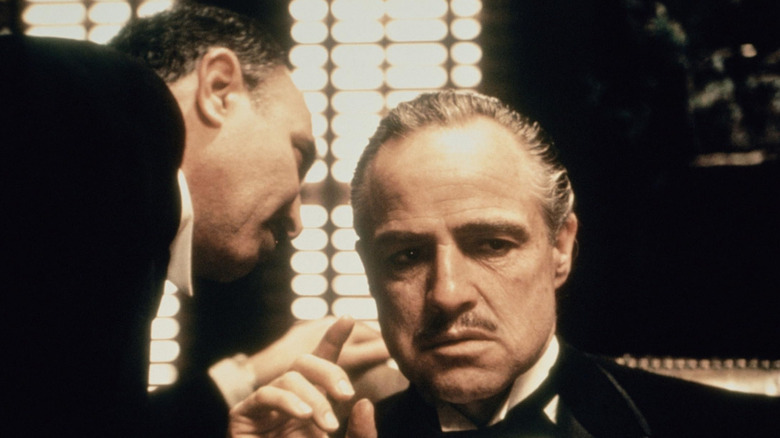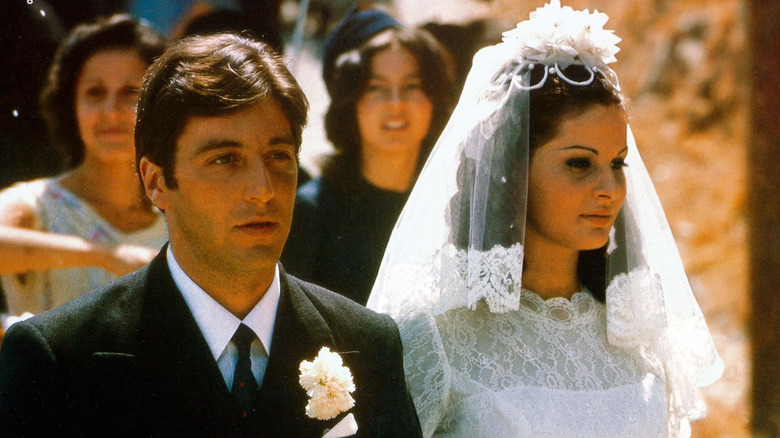Although “Star Wars” and “Jaws” are often credited with kicking off the modern blockbuster, you can argue it was “The Godfather” in 1972 that truly laid the groundwork for it. “The Godfather” was not only a critical success but also a massive box office hit, grossing $250 million worldwide against a $6-7 million budget. The movie was what the New York Times dubbed in 1978 a “super-grosser,” defined as a “truly great film” that not only made tons of money but became a “national obsession.” It was a movie so popular and important that you simply had to see it, or else you were missing out.
Besides money and cultural influence, what defines a super-grosser? That same NYT piece attempted to find some key traits they shared, and a big one was the music. “The Godfather,” “Star Wars,” and “Jaws” all had showy, instantly-recognizable scores, and the first two would even be played on some radio stations. As the piece noted, “The ‘Star Wars’ and ‘Godfather’ themes, when played over the radio, provided these films with far more free advertising than even their lavish promotional budgets could buy.” Meanwhile, all an amateur piano player needs to do is jokingly play the E and F note at a house party and they’ll have organically reminded everyone to go rewatch “Jaws.”
The other defining feature, the NYT noted, was that these movies needed to feel like cultural events. Michael Eisner, at that point the president of Paramount, was quoted in the piece underlining the newfound importance of audiences seeing a movie simply because they thought everyone else would be seeing it. The goal of a movie trailer, he said, “was to get the audience lined up for a hit before it even happens.”
The Godfather began the studio race to create the next mega-hit
The big change in the ’70s was that studios began actively trying to recreate the success of previous super-grossers. They became increasingly likely to gamble on major big-budget blockbusters, growing less interested in lower-budget films in the process. Director Steven Spielberg was quoted in that NYT piece explaining how his “Jaws” follow-up film, “Close Encounters of the Third Kind,” was so expensive that it had no choice but to be one of the highest-grossing films of its time.
The gamble for the studio paid off with “Close Encounters,” but that only led to bigger gambles going forward. You can draw a clear line from the big-budget risk of “Close Encounters” in 1977 to the massive price tag of “Avatar: The Way of Water” in 2022, a movie that needed to make well over a billion dollars to be considered profitable. The “Avatar” sequel also paid off, but other wannabe super-grossers weren’t so lucky. Less than a year later “Indiana Jones and the Dial of Destiny” earned $384 million at the worldwide box office; that would’ve been a good number if not for the movie’s absurdly high budget, which turned it into a financial flop.
Today it seems like Hollywood’s obsession with making super-grossers has reached its natural extreme, to the point where mid-budget films are commonly dumped on streaming services while only the latest super-grosser attempt receives top priority in theaters. It’s a shame because “The Godfather,” the movie that kicked off this whole trend, was a comparatively humble affair. Coppola’s film was more focused on the mature themes and character work than on any big-budget spectacle. In the modern super-grosser landscape, a movie like “The Godfather” would likely no longer receive its time of day.










